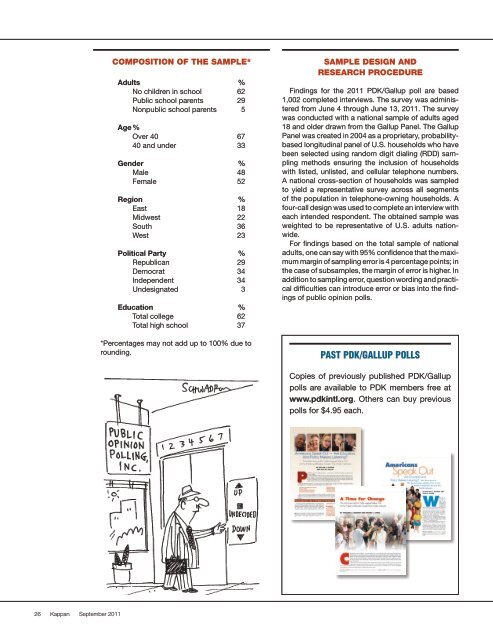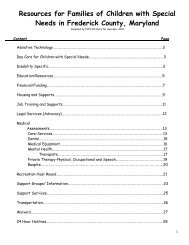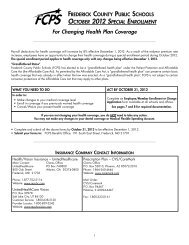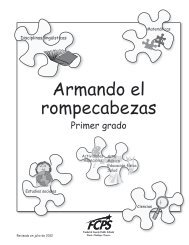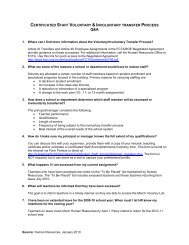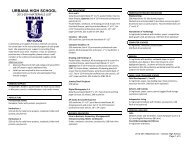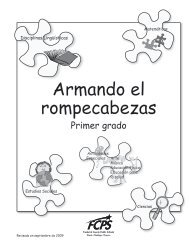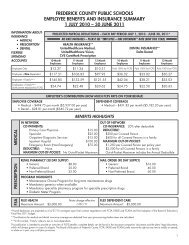43rd annual Phi Delta Kappa/Gallup Poll
43rd annual Phi Delta Kappa/Gallup Poll
43rd annual Phi Delta Kappa/Gallup Poll
You also want an ePaper? Increase the reach of your titles
YUMPU automatically turns print PDFs into web optimized ePapers that Google loves.
26 <strong>Kappa</strong>n September 2011<br />
COMPOSITION OF THE SAMPLE*<br />
Adults %<br />
No children in school 62<br />
Public school parents 29<br />
Nonpublic school parents 5<br />
Age %<br />
Over 40 67<br />
40 and under 33<br />
Gender %<br />
Male 48<br />
Female 52<br />
Region %<br />
East 18<br />
Midwest 22<br />
South 36<br />
West 23<br />
Political Party %<br />
Republican 29<br />
Democrat 34<br />
Independent 34<br />
Undesignated 3<br />
Education %<br />
Total college 62<br />
Total high school 37<br />
*Percentages may not add up to 100% due to<br />
rounding.<br />
SAMPLE DESIGN AND<br />
RESEARCH PROCEDURE<br />
Findings for the 2011 PDK/<strong>Gallup</strong> poll are based<br />
1,002 completed interviews. The survey was administered<br />
from June 4 through June 13, 2011. The survey<br />
was conducted with a national sample of adults aged<br />
18 and older drawn from the <strong>Gallup</strong> Panel. The <strong>Gallup</strong><br />
Panel was created in 2004 as a proprietary, probabilitybased<br />
longitudinal panel of U.S. households who have<br />
been selected using random digit dialing (RDD) sampling<br />
methods ensuring the inclusion of households<br />
with listed, unlisted, and cellular telephone numbers.<br />
A national cross-section of households was sampled<br />
to yield a representative survey across all segments<br />
of the population in telephone-owning households. A<br />
four-call design was used to complete an interview with<br />
each intended respondent. The obtained sample was<br />
weighted to be representative of U.S. adults nationwide.<br />
For findings based on the total sample of national<br />
adults, one can say with 95% confidence that the maximum<br />
margin of sampling error is 4 percentage points; in<br />
the case of subsamples, the margin of error is higher. In<br />
addition to sampling error, question wording and practical<br />
difficulties can introduce error or bias into the findings<br />
of public opinion polls.<br />
PAST PDK/GALLUP POLLS<br />
Copies of previously published PDK/<strong>Gallup</strong><br />
polls are available to PDK members free at<br />
www.pdkintl.org. Others can buy previous<br />
polls for $4.95 each.


